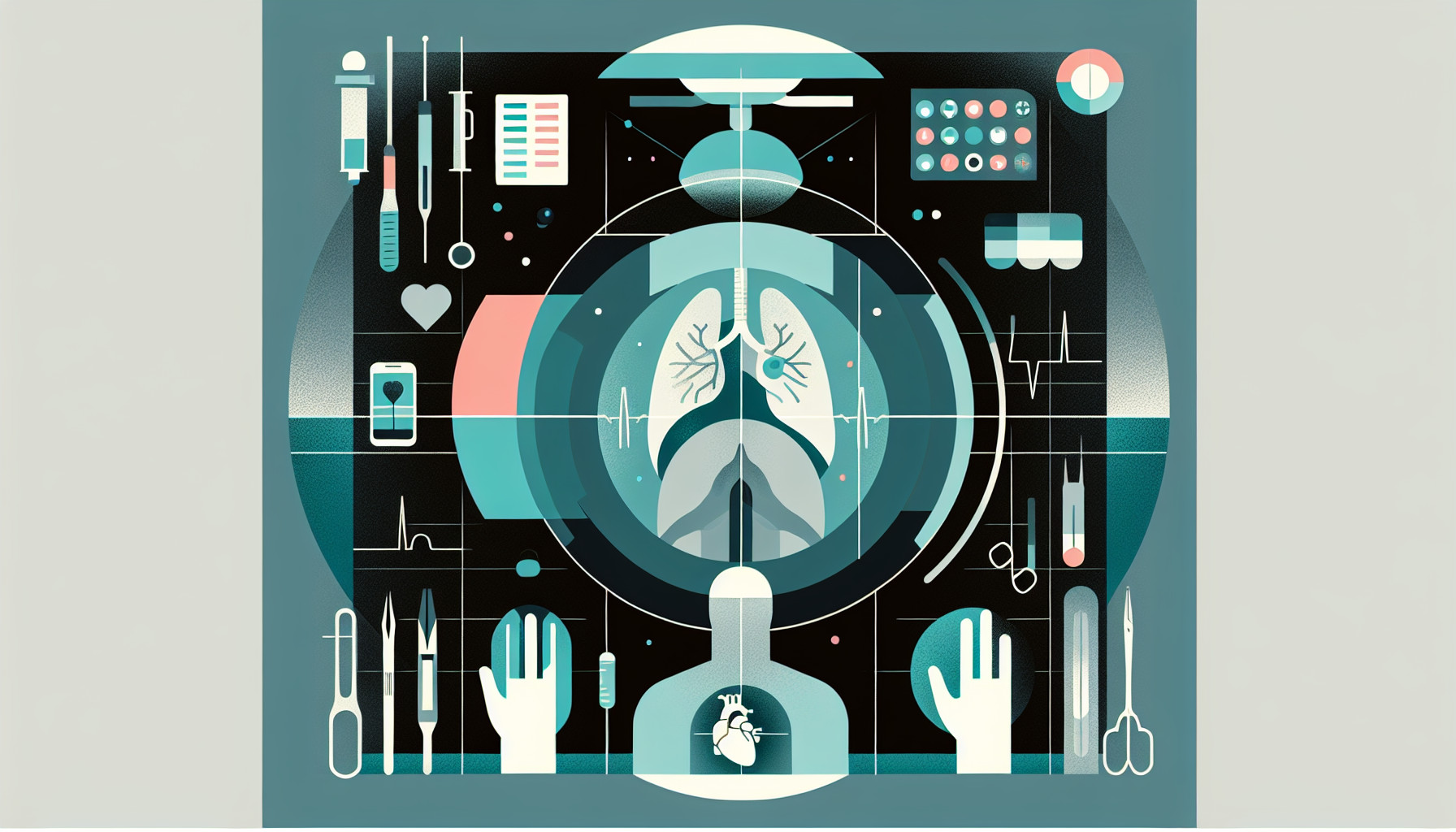Our Summary
This study looked at whether the placement of a breast implant after a certain type of breast cancer surgery can affect the health of the nipple. They looked at two different implant placements: submuscular (under the muscle) and prepectoral (on top of the muscle). The researchers compared data from patients who underwent a nipple-sparing mastectomy with immediate breast reconstruction at their institution between 2016 and 2019. They found that of the 525 operations, there was no significant difference in the rate of nipple problems or loss between the two different implant placements. This suggests that both methods are safe and do not increase the risk of nipple issues.
FAQs
- What were the two different implant placements studied in this research?
- Was there any significant difference in the rate of nipple problems or loss between the two different implant placements?
- Does the placement of a breast implant after a nipple-sparing mastectomy increase the risk of nipple issues?
Doctor’s Tip
A helpful tip a doctor might give a patient about nipple reconstruction is to follow post-operative care instructions carefully to ensure proper healing and minimize the risk of complications. This may include avoiding strenuous activities, keeping the area clean and dry, and attending follow-up appointments with your surgeon. Additionally, maintaining a healthy lifestyle and avoiding smoking can also help promote optimal healing after nipple reconstruction surgery.
Suitable For
Patients who have undergone a mastectomy, particularly a nipple-sparing mastectomy, and are interested in breast reconstruction are typically recommended for nipple reconstruction. Nipple reconstruction is often performed as part of the overall breast reconstruction process to restore a natural appearance to the breast. Nipple reconstruction can be done using various techniques, including tattooing, skin grafting, or surgical reconstruction using tissue from another part of the body. Patients who are in good overall health and have realistic expectations about the outcome of the procedure are good candidates for nipple reconstruction.
Timeline
Before nipple reconstruction:
- Patient undergoes a mastectomy to remove breast tissue, which may involve removal of the nipple and areola.
- Patient may choose to undergo breast reconstruction surgery to restore the shape and appearance of the breast.
- Nipple-sparing mastectomy may be performed, preserving the nipple mound for future reconstruction.
After nipple reconstruction:
- Patient undergoes nipple reconstruction surgery, which can be performed using various techniques such as skin grafts or tissue flaps.
- Healing time for nipple reconstruction can vary, with some patients experiencing swelling, bruising, and discomfort.
- Nipple tattooing may be performed to create a more natural-looking areola.
- Follow-up appointments with healthcare providers are necessary to monitor healing and address any concerns.
- Overall, nipple reconstruction can help improve the aesthetic appearance of the breast and enhance the patient’s quality of life.
What to Ask Your Doctor
- What are the risks and potential complications associated with nipple reconstruction?
- How long will the recovery process be after nipple reconstruction surgery?
- Will the sensation in my nipple be affected after reconstruction?
- What type of anesthesia will be used during the procedure?
- How soon after my mastectomy can I undergo nipple reconstruction?
- What are the different techniques available for nipple reconstruction and which one would be most suitable for me?
- Will I need to undergo additional surgeries or touch-ups after the initial reconstruction?
- How will the appearance of my nipple change over time?
- Will nipple reconstruction affect my ability to breastfeed in the future?
- Are there any alternative options to nipple reconstruction that I should consider?
Reference
Authors: ElSherif A, Bernard S, Djohan R, Atallah A, Tu C, Valente SA. Journal: Am J Surg. 2024 Apr;230:57-62. doi: 10.1016/j.amjsurg.2023.11.039. Epub 2023 Nov 29. PMID: 38071140
